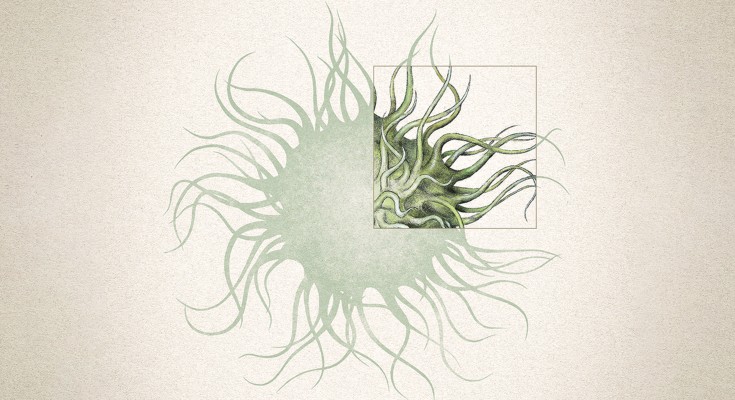
Read our July issue
This month, the issue focuses on phase separation, including an editorial and a Q&A on the progress and future of the field, along with a mix of articles and an In Your Element on pink medicines.

This month, the issue focuses on phase separation, including an editorial and a Q&A on the progress and future of the field, along with a mix of articles and an In Your Element on pink medicines.

Decoding a post-translational modification requires the identification of its ‘reader’ proteins. Now a method can covalently trap the readers of lysine methylation using dimethylsulfonium as a methyllysine-mimicking ‘warhead’ to crosslink the tryptophan residues inside the binding pocket.